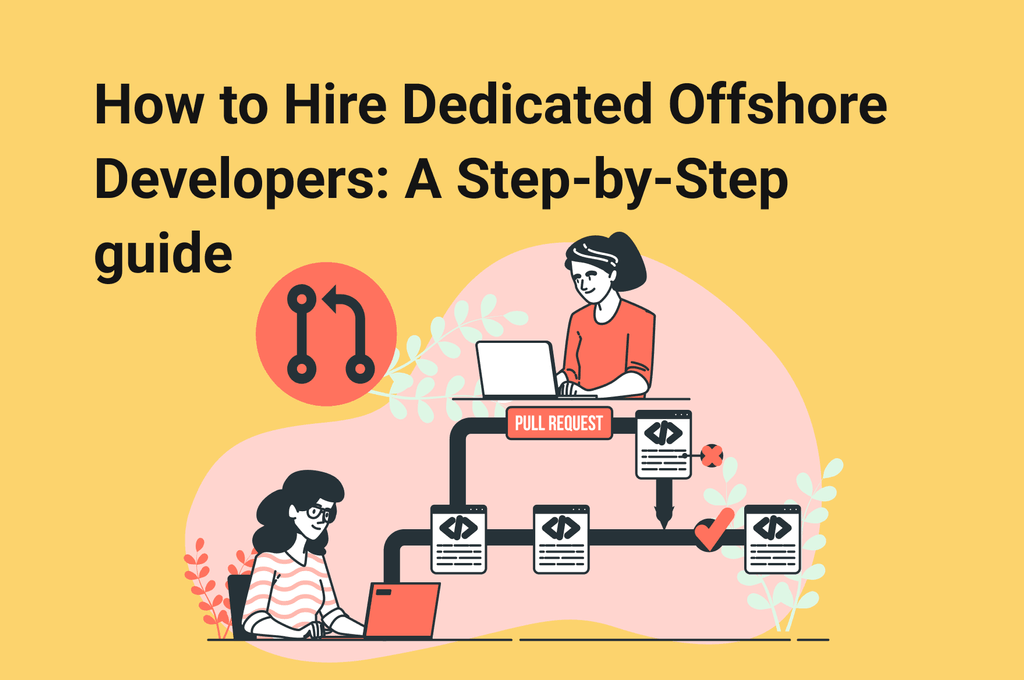
Don’t know where to start?
We will advise you on the best way to realize your idea, leveraging our expertise
FAQ
What is MVP?
MVP stands for Minimum Viable Product, which is a test version of a product or service with a minimum set of functions that are valuable to the end user. It is created to test hypotheses and check the viability of the initial concept, helping project owners understand whether it is worth developing further based on feedback from the target audience.
What are the benefits of an MVP approach?
The benefits of an MVP approach include an In-depth understanding of the real needs and pain points of the target audience through gathering feedback on user experience. Ensuring demand for the product at an early stage. Rational expenditure of financial resources for the implementation of the project. The ability to abandon unnecessary features before they are fully implemented. Accelerated product launch. Simplification of the testing procedure. Simple and gradual optimization and improvement of the product. Fast customer engagement and profits can be invested in further product development almost immediately after launch on the market. Reducing risks associated with unnecessary expenses. The effective attraction of investors for project development.
What are the steps to implement an MVP approach?
To create an MVP with minimal risk, there are several steps that should be followed. Firstly, it's important to identify the problem that the target audience has to be solved with the product. Secondly, the target audience should be defined and average customer portraits prepared. Thirdly, an analysis of competitive solutions should be performed to determine their advantages and disadvantages, and form a list of features to be included in the product. Fourthly, a SWOT analysis should be conducted to identify the strengths and weaknesses of the product, as well as assess the possible risks and prospects associated with its implementation. Fifthly, a user flow should be built to determine the path that the end user will take to perform the target action within the product. Sixthly, key functionality and each MVP feature should be identified and prioritized. Seventhly, the best type of MVP should be chosen. Eighthly, alpha and beta testing should be conducted to obtain feedback from small focus groups and a larger cross-section of the target audience. Finally, the product should be optimized according to the feedback received, and tested again.
Table of contents:
Want to estimate your app idea?




